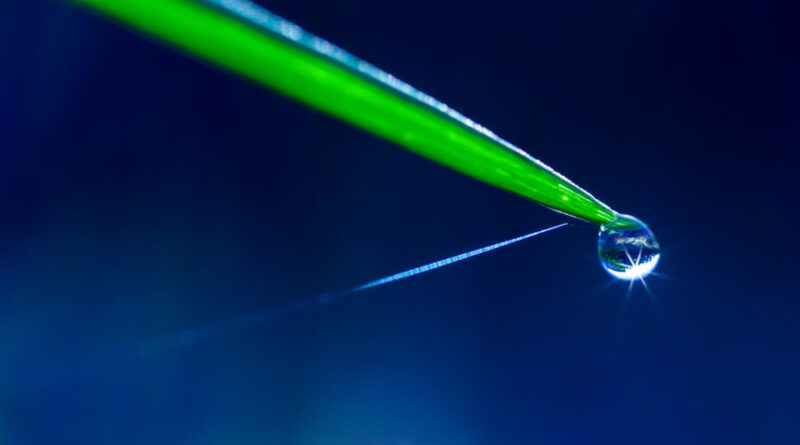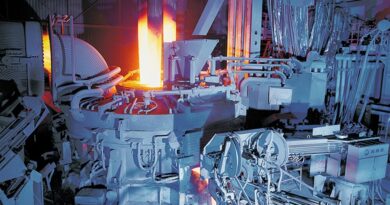Green hydrogen 50-fold increase
Today, PtL is produced at a relatively high cost and on a low scale. This is expected to change as the green hydrogen ecosystem continues to ramp up worldwide. According to Airbus, green hydrogen production capacity could achieve an estimated 50-fold increase in the next six years. This means green hydrogen could be on track to supply up to 25 per cent of the world’s energy needs by 2050.
Platinum-based proton exchange membrane (PEM) electrolysers are one of the two leading electrolysis technologies commercially available. While the platinum needed to produce green hydrogen is gradually increasing in line with the expansion of electrolyser capacity, electrolysers use relatively small amounts of platinum and are built to last, meaning infrequent replacement. Cumulatively, over the next 15 years, platinum demand from electrolysers is likely to be between one and two million ounces, dependent on technology development over that period.
More significantly, the development of hydrogen infrastructure supports the wider market penetration of fuel cell electric vehicles (FCEVs). Recent research by the WPIC highlights that supportive hydrogen policies could result in FCEV demand for platinum equalling current automotive demand by 2039, with broad-based commercial adoption of FCEVs bringing this forward to 2033, adding over three million ounces to annual automotive platinum demand in eleven years.



